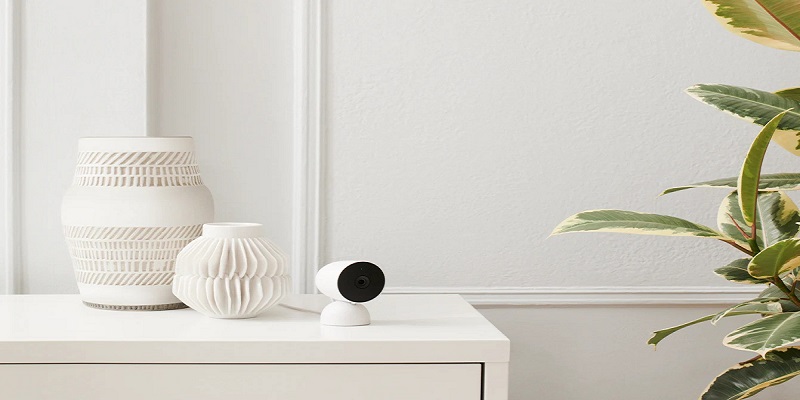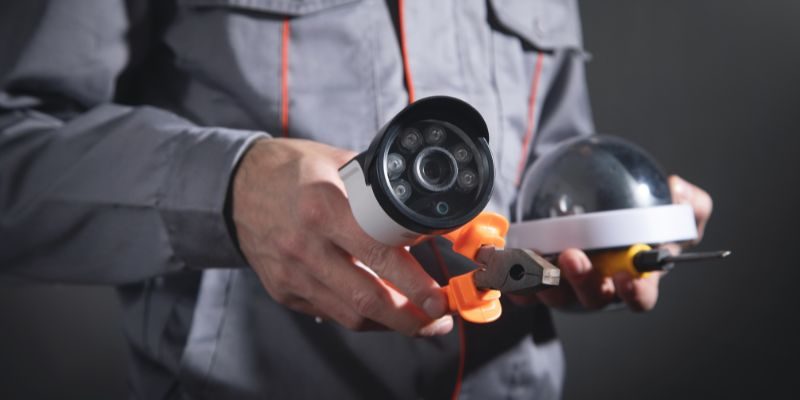It is becoming increasingly apparent that Installing security cameras is a proactive step toward safeguarding your property, family, and belongings. Security cameras work as the eyes and ears of your security system, providing valuable surveillance footage that can deter criminal activity and aid in identifying intruders. However, their effectiveness depends on where they are placed. By strategically choosing the locations for your security cameras, you can maximize their coverage and optimize the security of your property. In this article, we will discuss the different factors to consider when choosing the right locations for security cameras and offer practical tips to help you make informed decisions.
Importance of Correct Location for Security Cameras
- Enhancing The Coverage: Placing cameras in strategic locations ensures comprehensive coverage of your property, minimizing blind spots where criminal activity could enter unnoticed.
- Works as a Deterrent: Visible security cameras deter potential burglars and intruders, discouraging them from attempting to break into your property for fear of getting caught.
- Helps in Evidence Collection: A well-placed security surveillance camera captures high-quality footage that can serve as crucial evidence for any occurrences of a security breach or any other criminal activity.
- Remote Monitoring: Strategic placement allows you to remotely monitor key areas of your property, offering you great peace of mind even when you are away from home or business.
A Few Factors to Consider When Choosing Locations For Your Security Camera Installation
- Points of Entry: You should focus on areas where intruders are most likely to gain access to your property, such as doors, windows, and gates. Ensure that security surveillance cameras are positioned to capture clear images and footage of anyone entering or exiting the premises.
- Vulnerable Areas: You should identify vulnerable areas of your property, such as blind spots, alleys, or secluded corners, where criminal activity could occur unnoticed. Install cameras in these locations to provide additional monitoring coverage.
- Perimeter Coverage: Cover the perimeter of your property to detect any unauthorized activity or trespassing. To monitor large areas effectively, consider installing cameras with wide-angle lenses or PTZ (pan-tilt-zoom) capabilities.
- Height and Angle: Your security surveillance cameras should be mounted at an optimal height and angle to capture clear, unobstructed footage. Avoid putting the security surveillance cameras too high or too low, as this can affect their field of view and image quality.
- Weather Resistance: Before buying, make sure that cameras installed outdoors are weatherproof and capable of withstanding the harsh climate conditions in Arizona, including extreme heat, dust, and monsoon rains.
Steps to Strategically Place Your Security Surveillance Cameras
- Step 1: You must begin by conducting a thorough security assessment of your property to identify potential security vulnerabilities and areas of concern.
- Step 2: In the second step, you should create a map of your property and mark areas where security cameras are needed based on the points of entry, vulnerable areas, and perimeter coverage.
- Step 3: In the third step, you should prioritize key areas that require tight security, such as main entrances, driveways, and high-traffic areas. Allocate more resources to these areas to ensure comprehensive coverage.
- Step 4: In the fourth step, you should consider the lighting conditions of your property when positioning cameras, ensuring that they have adequate light to capture clear footage during both day and night.
- Step 5: In the fifth step, before you finalize the placement of your security camera, test different angles and positions to determine the optimal configuration for maximum coverage and visibility.
Final Thoughts
Choosing the right locations for security cameras is a strategic process that requires careful consideration of different factors, including points of entry, vulnerable areas, and perimeter coverage. By following the steps mentioned above for the placement of security camera installation and investing in quality installation, you can know how to maximize the effectiveness of your security cameras and enhance the overall security of your property in Arizona.

As a passionate home decor specialist, I’ve spent years turning spaces into beautiful, functional sanctuaries that truly reflect the people who live in them. My love for interior design goes beyond just aesthetics; I believe that every room in a home should tell a story and evoke a sense of comfort and belonging.








